Touch Math
Updated on July 13, 2023
This review was written by Manisha Snoyer, the founder and CEO of Modulo, a company that provides resources and support families who are homeschooling their children. With over 20 years of experience as a teacher, Manisha has instructed over 2,000 children of all ages and abilities in three countries and 18 subjects. She has tutored at some of the best private schools in the world and throughout the NYC public school system. Manisha graduated summa cum laude from Brandeis University.
For a highly multi-sensory and tactile approach to math in a mastery-based curriculum we recommend Touch Math, accompanied by the associated manipulatives. Touch Math is a multisensory and hands on math program geared towards students who struggle to understand current grade-level concepts. Touch Math was created by an elementary teacher who incorporated tactile points on numerals to help children associate numeral symbols to their associated quantities Touch Math incorporates hands-on learning, worksheets and real life learning to help students understand basic math concepts. Parents love the concrete nature of the program that uses visual, auditory and tactile methods of teaching basic math concepts to children with different aptitudes and learning styles. Some parents find printing the PDF format worksheets frustrating and comment on the need to fade the student's reliance on the manipulatives over time. We strongly encourage parents to purchase the associated math manipulatives to accompany Touch Math.
Grades: PK - 6
Cost: A full year curriculum of Touch Math is ranges from $165 to $215 with supplementary materials starting at $35.
Key Features of TouchMath
TouchMath is a multisensory teaching approach that makes math concepts more accessible and engaging for students. It is often used with students who struggle with traditional math teaching methods, as well as with younger students who are just starting to learn math. The program is based on the idea of "touch points," or physical representations of numbers. Here are some of its key features:
1. **Touch Points:** The core idea of TouchMath is the use of touch points on numbers. Each numeral from 1-9 is associated with a corresponding number of touch points. For example, the number 5 has five touch points. These points give a concrete way to represent abstract numerical concepts. They are placed on numerals in consistent patterns and locations to promote understanding and memorization.
2. **Multisensory Approach:** TouchMath uses visual, auditory, and tactile strategies. By engaging multiple senses, students are more likely to understand and retain information. The program's multisensory approach can benefit all types of learners, especially those who learn best by doing or seeing.
3. **Sequential Learning:** The curriculum is broken down into manageable, sequential steps, making it easier for students to understand complex concepts. This step-by-step approach builds on previous learning and helps students gain confidence as they progress.
4. **Repetition and Reinforcement:** The program emphasizes repetition and reinforcement, ensuring that students have ample opportunity to practice new skills and concepts until they achieve mastery.
5. **Manipulatives and Interactive Components:** TouchMath provides a variety of manipulatives and interactive components, such as workbooks, flashcards, and software, to aid in teaching and learning. These tools provide practical, hands-on ways for students to engage with mathematical concepts.
6. **Differentiation and Individualization:** TouchMath can be tailored to meet the needs of individual students, allowing teachers to differentiate instruction based on a student's abilities and learning style. This makes it an effective tool for inclusive classrooms and special education settings.
Remember that while TouchMath can be very effective for some students, it's just one approach to teaching math, and not all students will respond to it in the same way. It's always important to consider the unique needs and learning styles of each student when choosing a teaching method.
Touch Math and Dyscalculia
TouchMath can be a beneficial approach for children with dyscalculia, but its effectiveness may vary depending on the individual. Dyscalculia is a learning difference that affects a person's ability to understand and work with numbers. While TouchMath uses a multi-sensory approach and visual cues to support number understanding, it may not address all the specific challenges associated with dyscalculia.
Here are some points to consider when evaluating the fit of TouchMath for children with dyscalculia:
1. Multi-sensory approach: TouchMath's tactile and visual components can help engage different senses, which may benefit children with dyscalculia who struggle with number concepts. The use of touch points on numbers can provide a concrete representation of quantities.
2. Sequential and structured approach: TouchMath offers a sequential and structured curriculum that introduces math concepts step by step. This systematic approach can help children with dyscalculia build foundational skills and address gaps in their understanding.
3. Individualized support: Children with dyscalculia often require individualized interventions and targeted strategies. TouchMath allows for flexibility, allowing educators and parents to tailor the approach to meet the specific needs of the child.
4. Potential limitations: While TouchMath can provide support, it may not address all aspects of dyscalculia. Dyscalculia involves difficulties with number sense, spatial reasoning, and mathematical reasoning, which may require additional interventions and accommodations beyond TouchMath.
5. Holistic approach: It is important to consider a holistic approach to supporting children with dyscalculia. This may include a combination of interventions, such as specialized math programs, manipulatives, assistive technology, and targeted instruction from trained professionals.
Ultimately, the suitability of TouchMath for children with dyscalculia may depend on individual factors, including the severity of the dyscalculia, the child's preferred learning style, and the presence of other learning differences or comorbidities. It is advisable to consult with professionals, such as special education teachers or educational psychologists, who can provide personalized recommendations and interventions based on the specific needs of the child with dyscalculia.
TouchMath and Autism
TouchMath can be a helpful tool for children on the autism spectrum, but its effectiveness may vary depending on the individual's needs and learning style. Here are some considerations when evaluating TouchMath as a fit for children on the autism spectrum:
1. Visual and tactile support: TouchMath's use of visual cues and tactile elements, such as touch points on numbers, can provide concrete and structured support. This visual-tactile approach can be beneficial for children on the autism spectrum who often respond well to visual and hands-on learning experiences.
2. Structured and predictable format: TouchMath offers a sequential and consistent format, which can be comforting for children on the autism spectrum who thrive on routine and predictability. The structured nature of TouchMath can help provide clear expectations and reduce anxiety.
3. Individualized pacing: Children on the autism spectrum often benefit from individualized pacing and the ability to work at their own speed. TouchMath allows for flexibility in progressing through the curriculum, enabling educators and parents to adapt the pace to the child's needs.
4. Visual representation of math concepts: The visual nature of TouchMath can assist in making abstract mathematical concepts more concrete and accessible for children on the autism spectrum. The use of manipulatives and visual representations can enhance understanding and engagement.
5. Consider additional supports: While TouchMath can provide valuable support, it is important to consider other interventions and strategies to address the specific challenges and needs of children on the autism spectrum. This may include incorporating visual schedules, social stories, and personalized visual supports alongside TouchMath.
As with any instructional approach, it is essential to consider the individual strengths, needs, and preferences of each child on the autism spectrum. Collaboration with educators, therapists, and professionals experienced in working with individuals on the autism spectrum can help determine the most effective combination of tools, strategies, and interventions for supporting math learning and overall development.
FAQ about TouchMath
Q: What is the TouchMath technique?
A: The TouchMath technique is a multi-sensory math program that uses touch points on numbers to teach basic math concepts. Students physically touch and count specific points on numbers to help visualize and understand math operations.
Q: Does TouchMath work?
A: TouchMath has been found to be effective for many students, particularly visual and tactile learners. The hands-on approach and repetitive nature of the method can help build understanding, confidence, and fluency in math skills.
Q: What grade level is TouchMath for?
A: TouchMath is designed to be flexible and adaptable for various grade levels. It offers materials and resources for Pre-K through Grade 3, but can also be used as a supplement or intervention for older students who may benefit from a multi-sensory approach to math.
Q: What ages is TouchMath for?
A: TouchMath is primarily targeted towards young learners, typically starting from preschool or kindergarten. However, the method can be modified to accommodate older students with special needs or those requiring additional support in math.
Q: Why is TouchMath effective?
A: TouchMath is considered effective because it combines visual, tactile, and kinesthetic learning experiences. The use of touch points on numbers helps students visualize math concepts, develop number sense, and make connections between numbers and quantities.
Q: What are the disadvantages of TouchMath?
A: While TouchMath has proven beneficial for many learners, it does have some limitations. It may not be suitable for advanced math topics or students who require a different instructional approach. Additionally, the reliance on visual cues may pose challenges for learners with visual impairments or difficulties with visual processing.
Q: Who invented TouchMath?
A: TouchMath was developed by Janet Bullock, a former special education teacher, in the early 1970s. It was initially created to help students with disabilities grasp basic math concepts.
Q: Does TouchMath teach number sense?
A: Yes, TouchMath aims to develop number sense by emphasizing the understanding of quantity and the relationships between numbers. The tactile and visual components of TouchMath help students build a strong foundation in number sense.
Q: How do I start TouchMath?
A: To start using TouchMath, you can explore the official TouchMath curriculum and materials available for different grade levels. These resources provide structured lesson plans, worksheets, and manipulatives that align with the TouchMath method. It is also recommended to receive training or guidance from TouchMath educators or professionals.
Q: Is there TouchMath for multiplication?
A: Yes, TouchMath offers materials and resources for teaching multiplication using the same tactile and visual approach. TouchMath utilizes touch points and other strategies to help students understand and memorize multiplication facts.
Please note that the answers provided here are for general informational purposes and it's recommended to refer to official TouchMath resources or consult with education professionals for specific guidance and implementation of the TouchMath program.
OTHER DETAILS
Key features
Type of Tool: Kit
Time required: Students generally spend 15 minutes a day studying Touch Math
Special Needs:
Literacy Requirement (does a child need to know how to read):
Screens
Screens: Screens are optional
Online requirement:
Time
Parent/Caregiver Involvement: Parent/Teacher/Caregiver Involvement is necessary
Prep Time: Minimal prep time
Other characteristics
Modality: Audio, Visual, Audiovisual, Multimedia, Hands-on/kinesthetic
Adaptive: Yes, it includes personalization
Educational Philosophy: Not really, doesn't seem to be influenced by a particular educational philosophy
Other characteristics: Hands-on
Accountability
Assessment: Yes, there are built in assessment tools
State Standards: Common Core and Texas Essential Knowledge and Skills and other states aligned
Teacher Accounts:
Read Reviews: http://www.homeschoolingheartsandminds.com/2013/03/touchmath-2nd-grade-review.html
GET Touch Math
https://www.touchmath.com/index.cfm?fuseaction=expressshopping.welcome
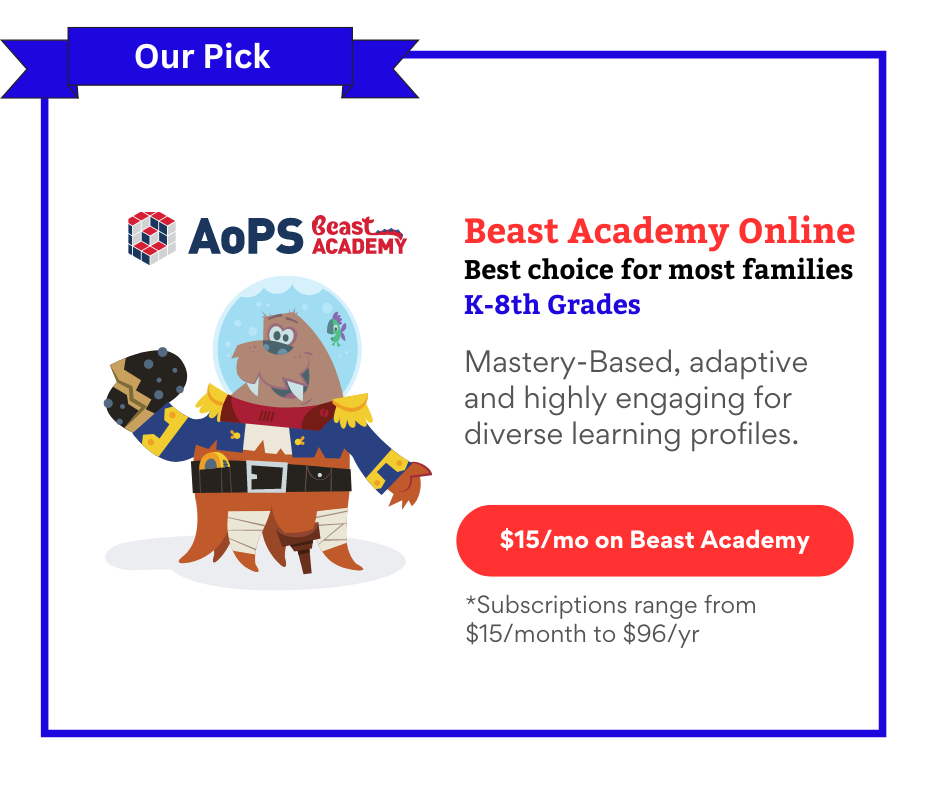
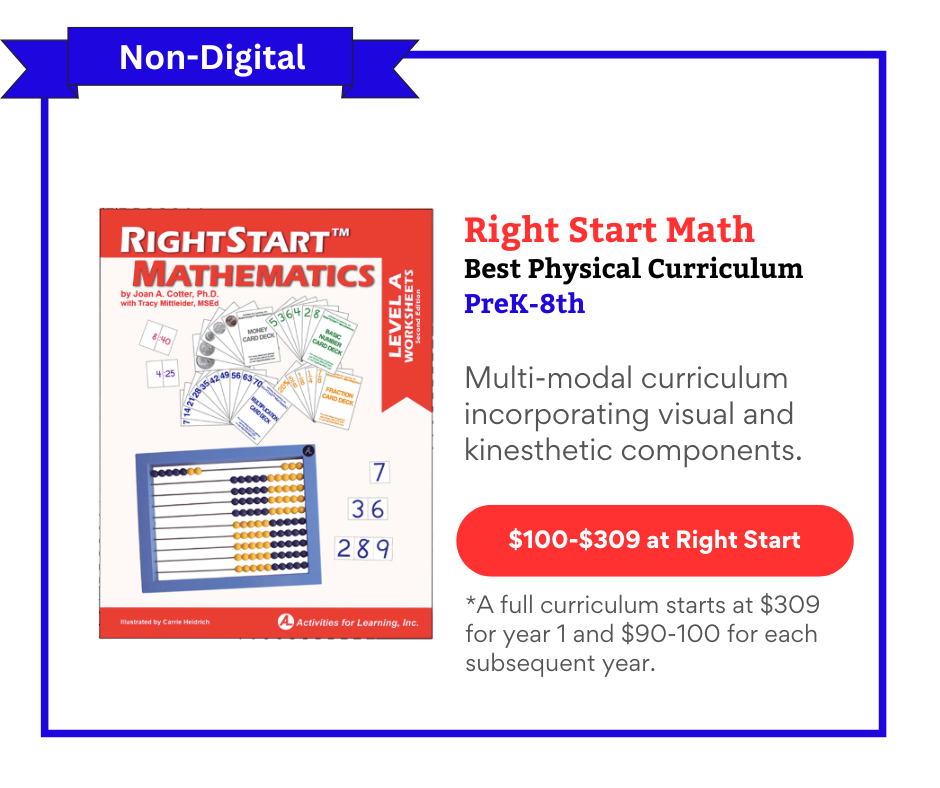

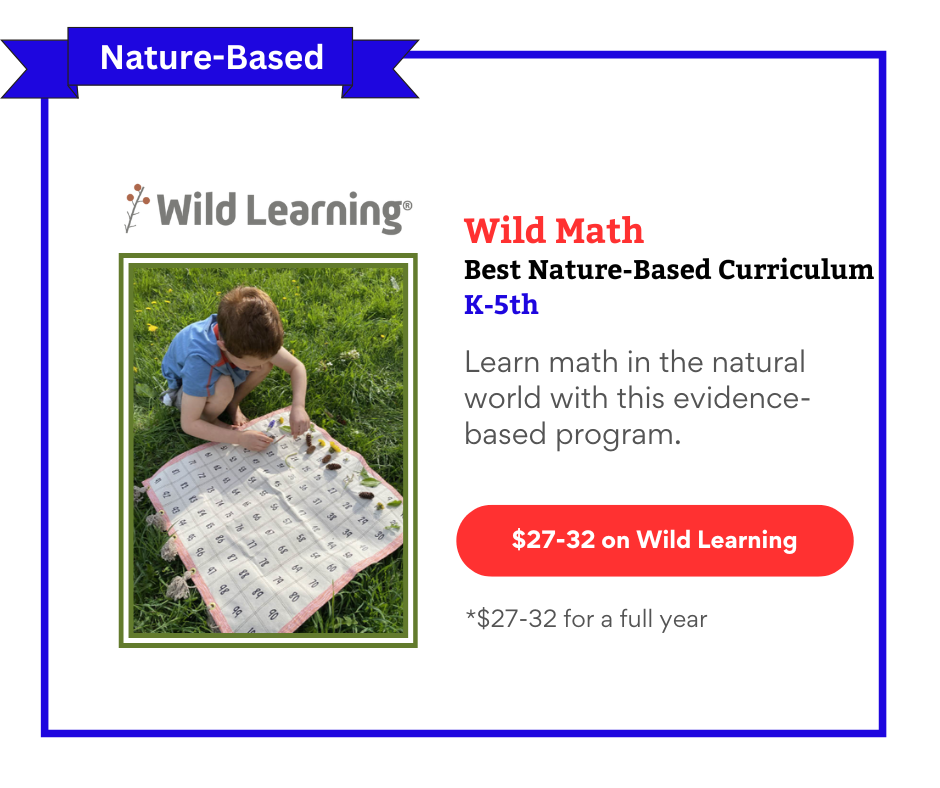
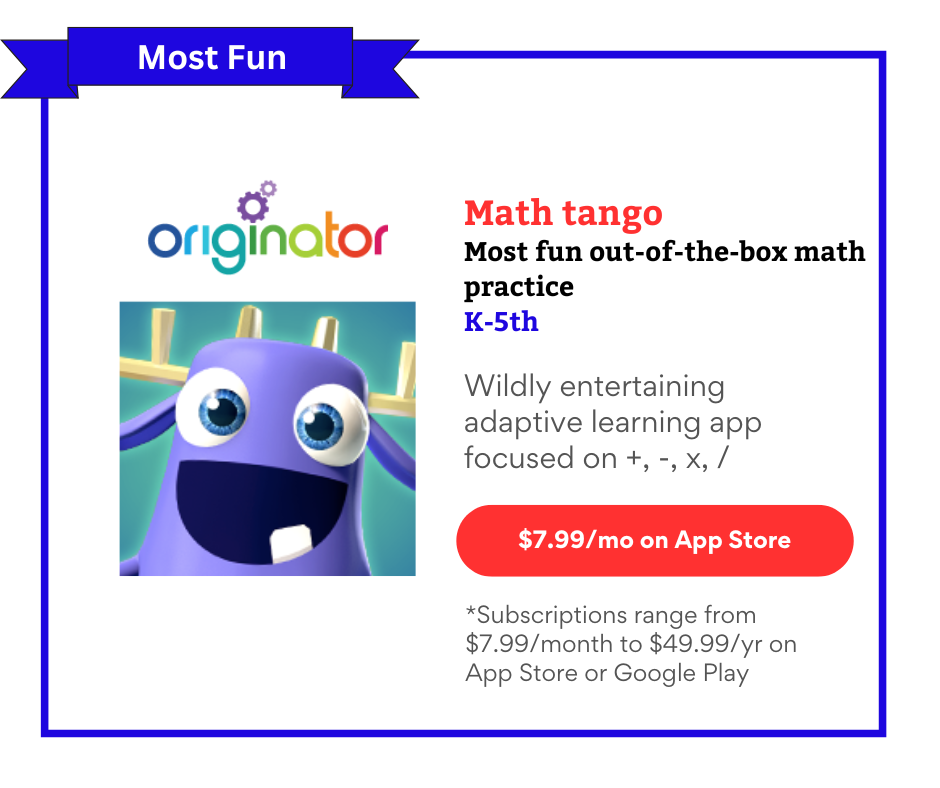
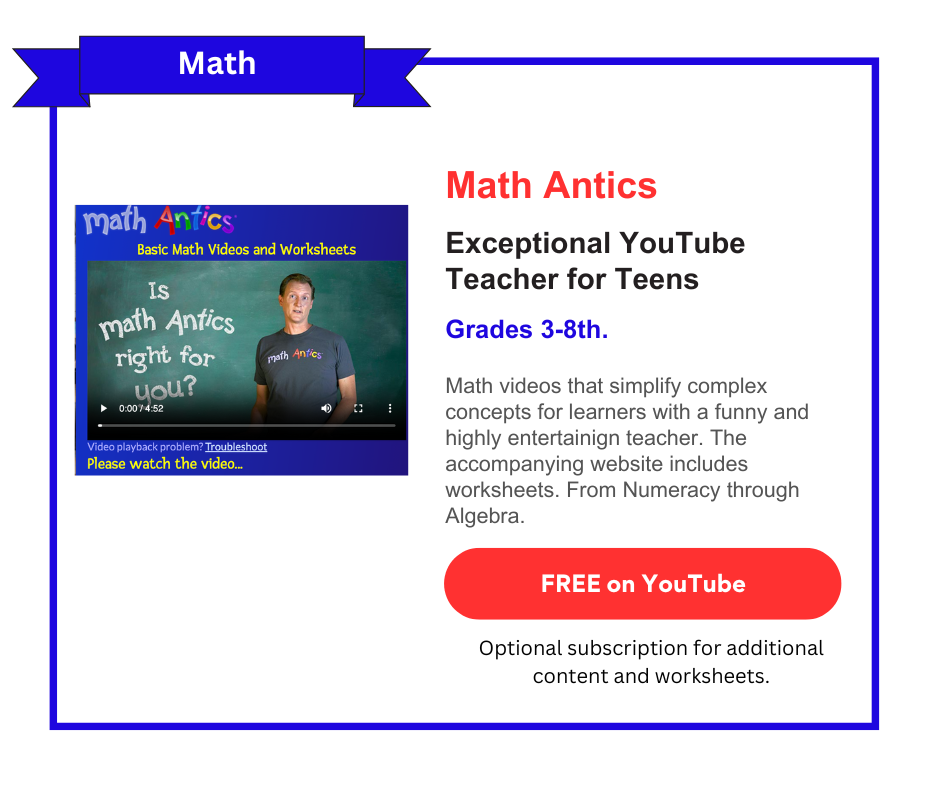
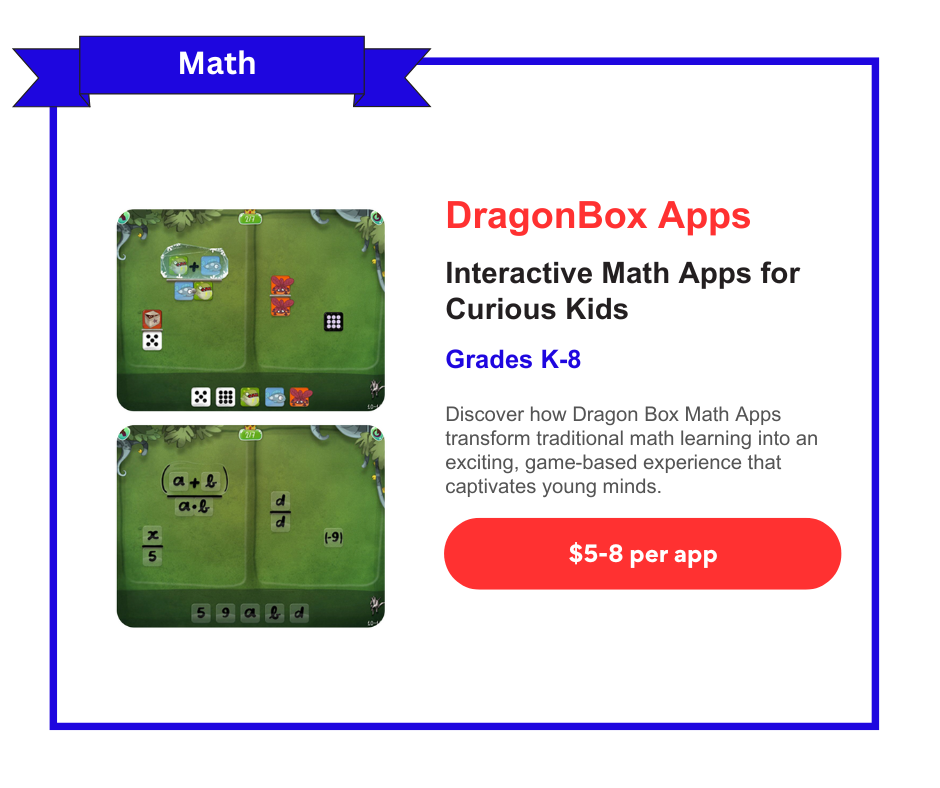
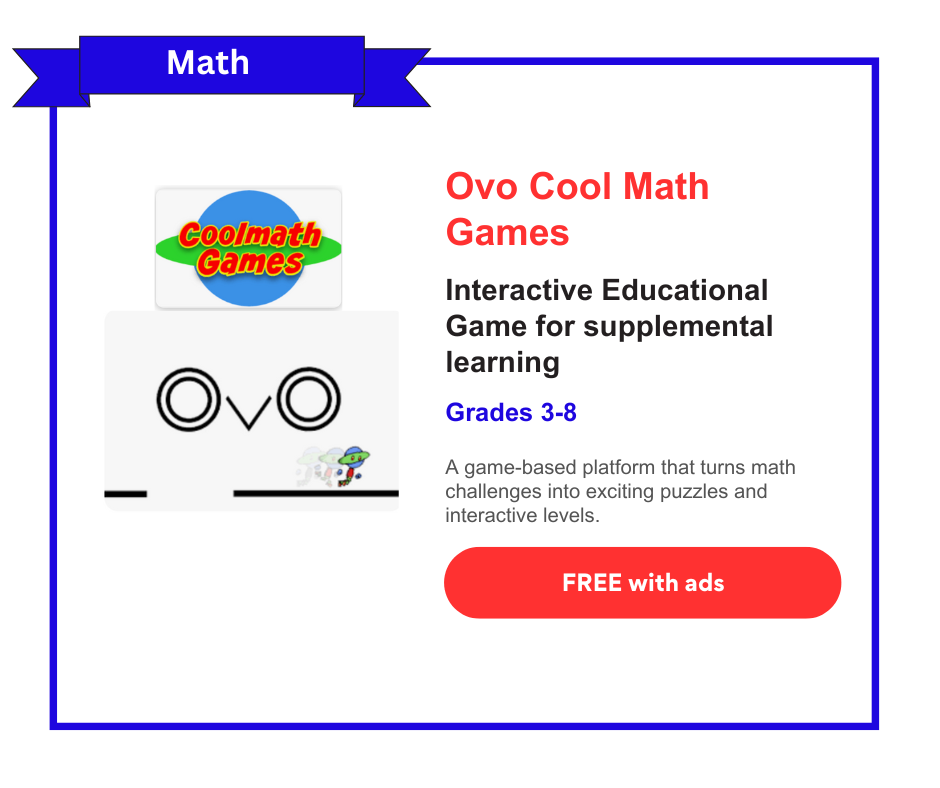
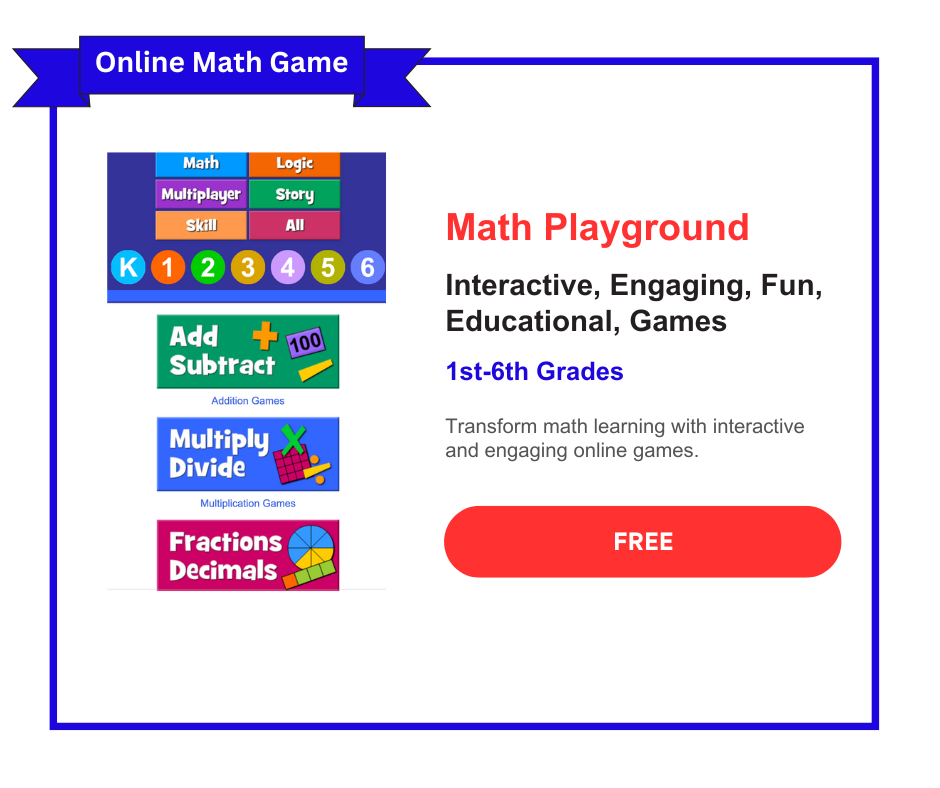


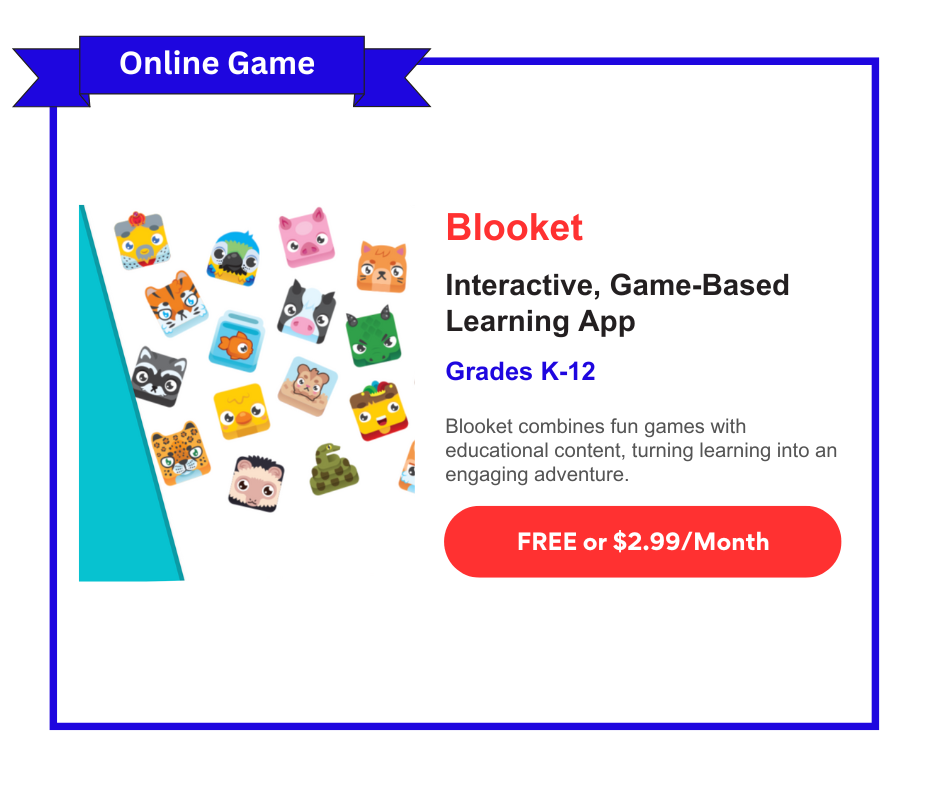
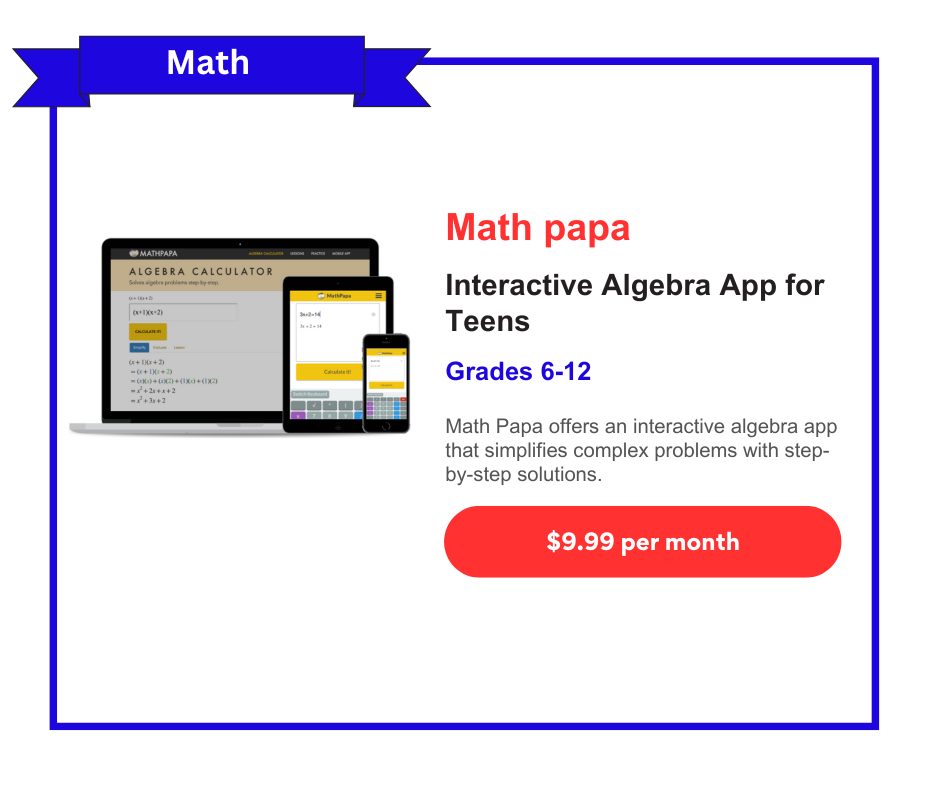
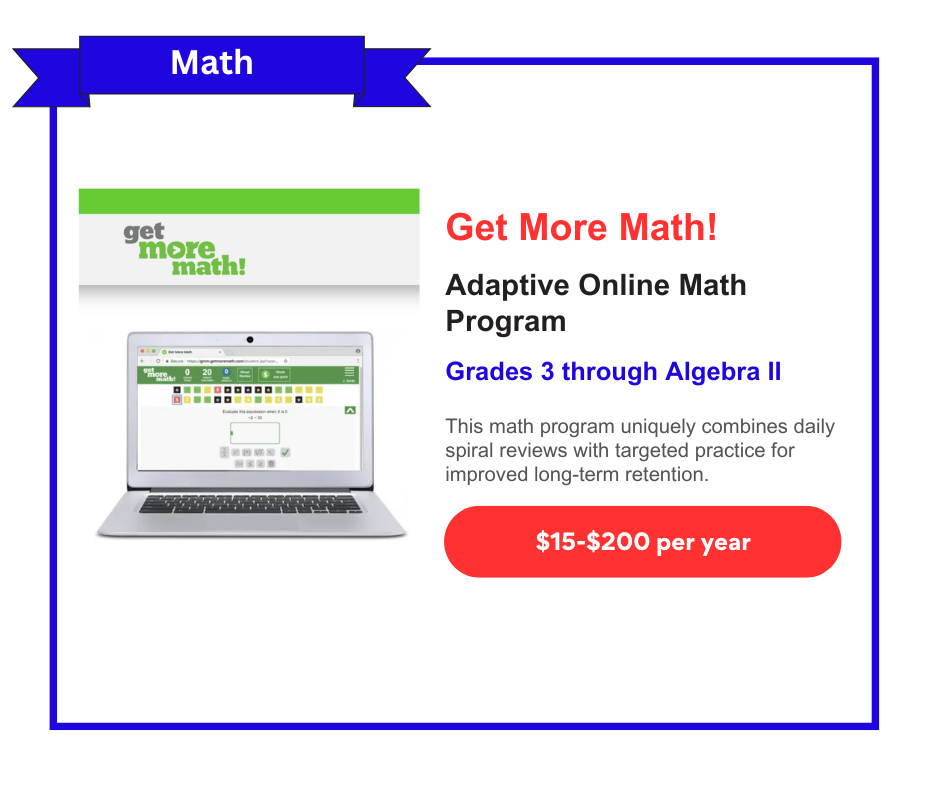
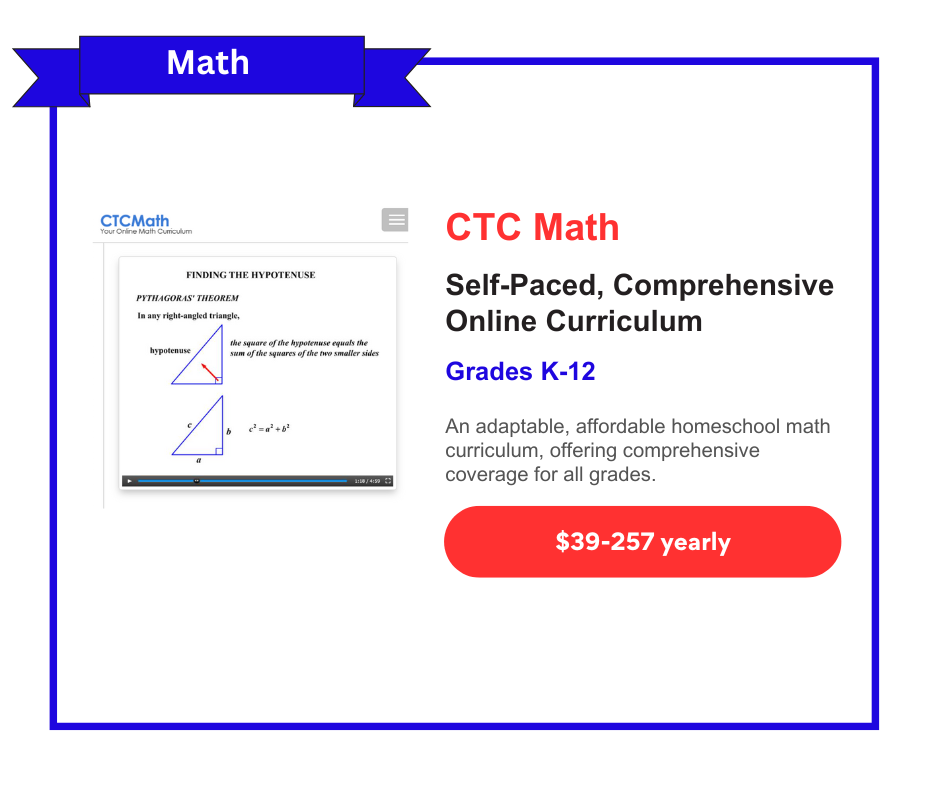
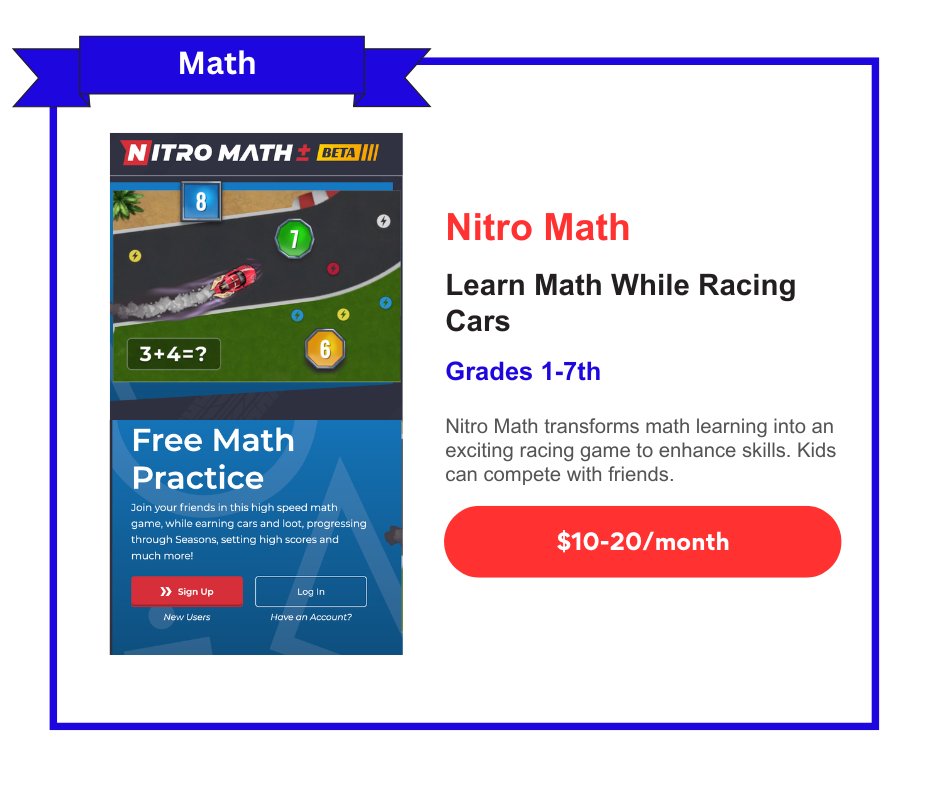
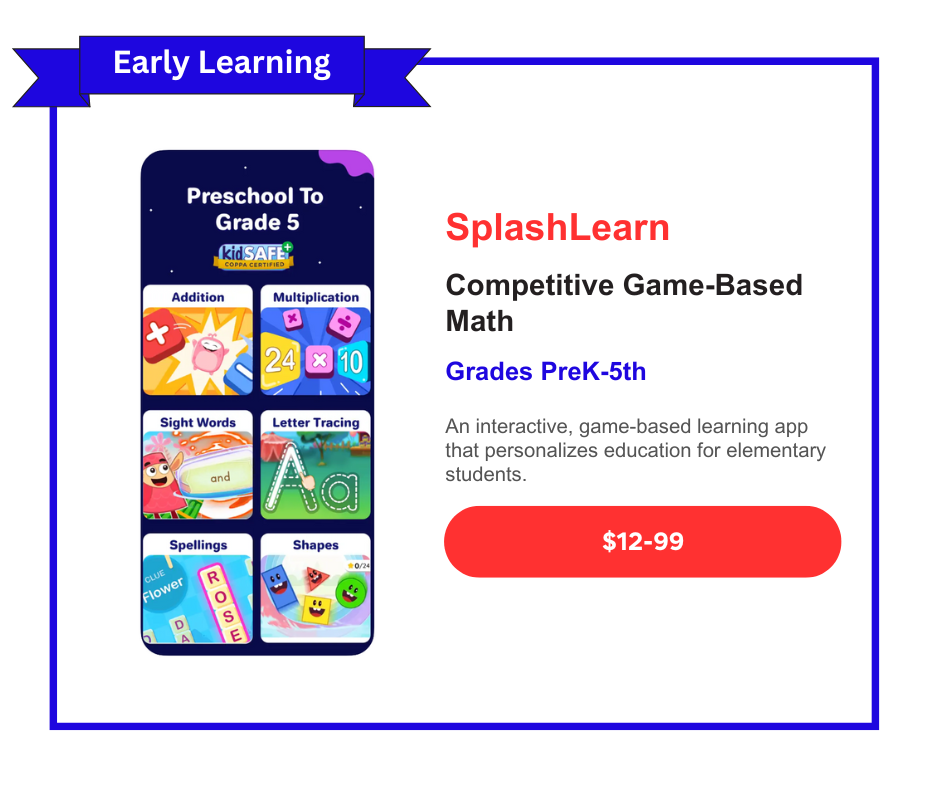
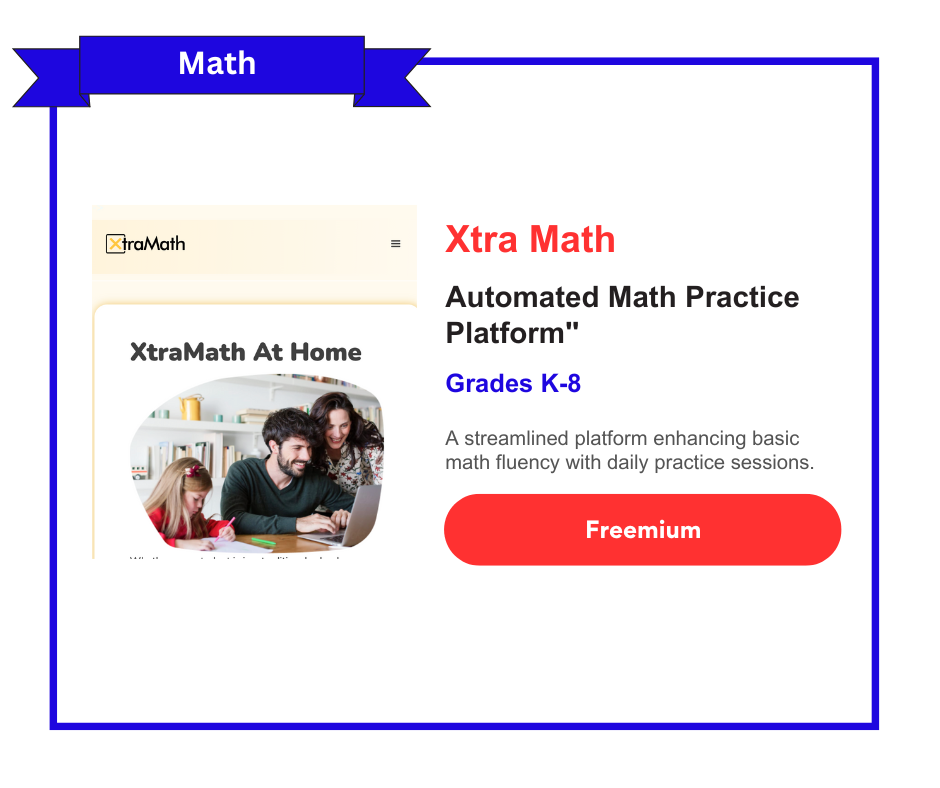
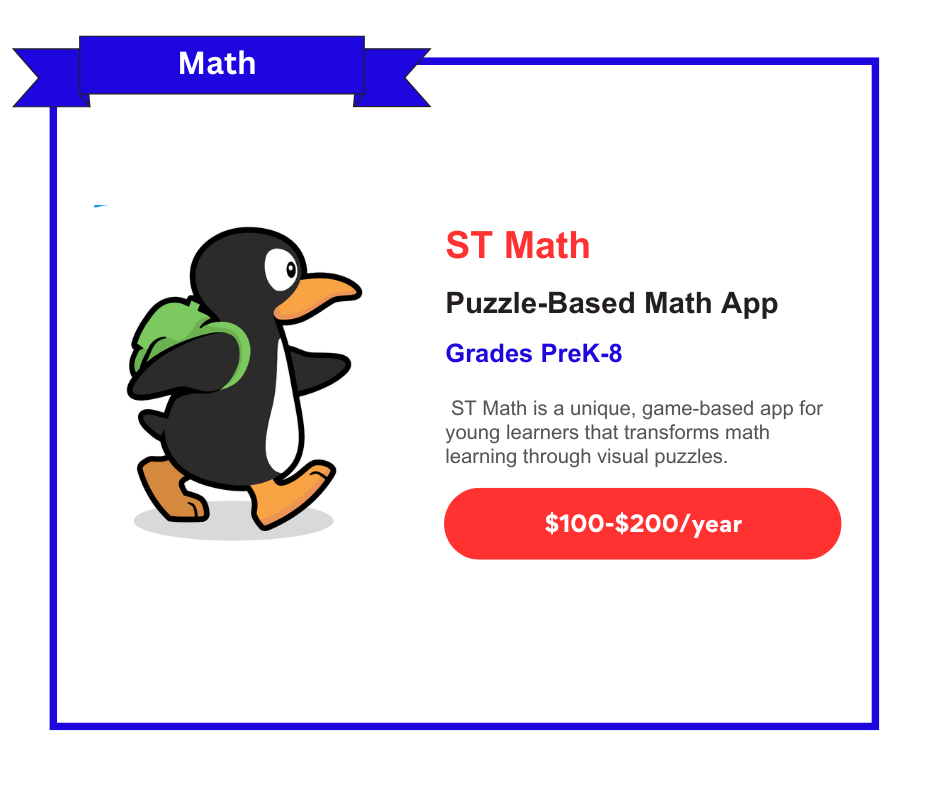
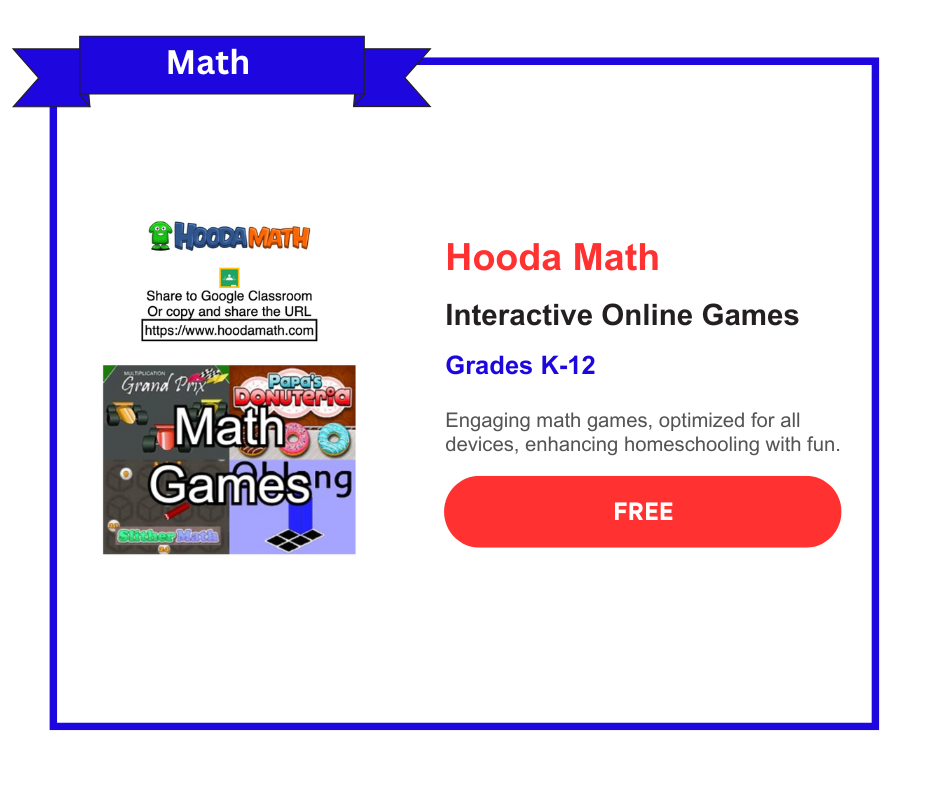
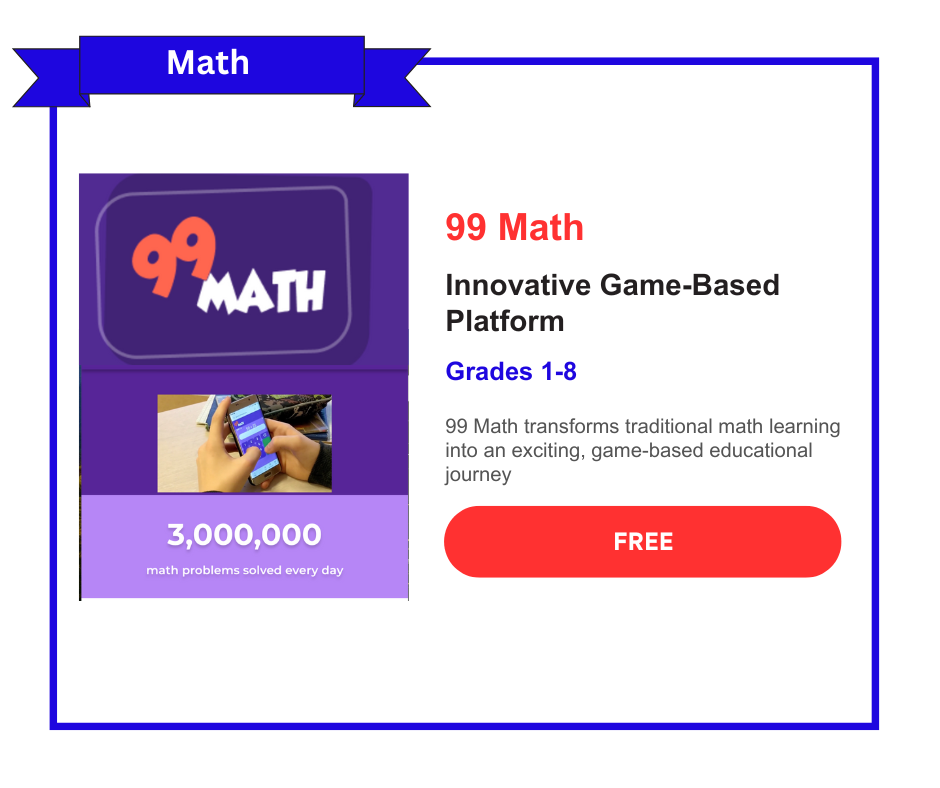
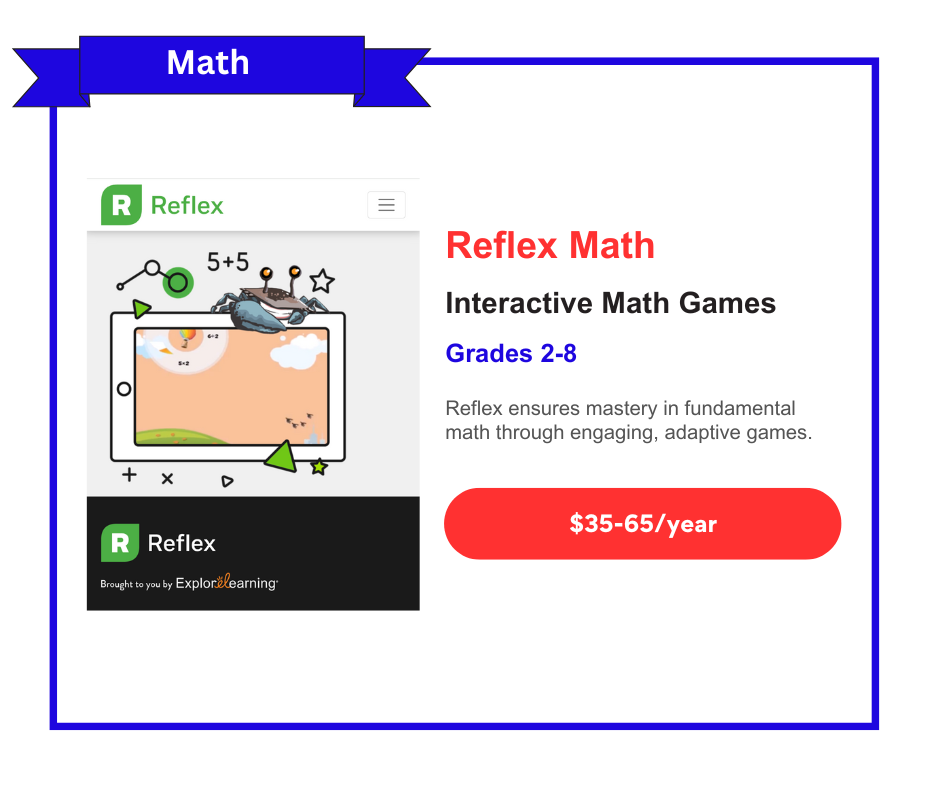

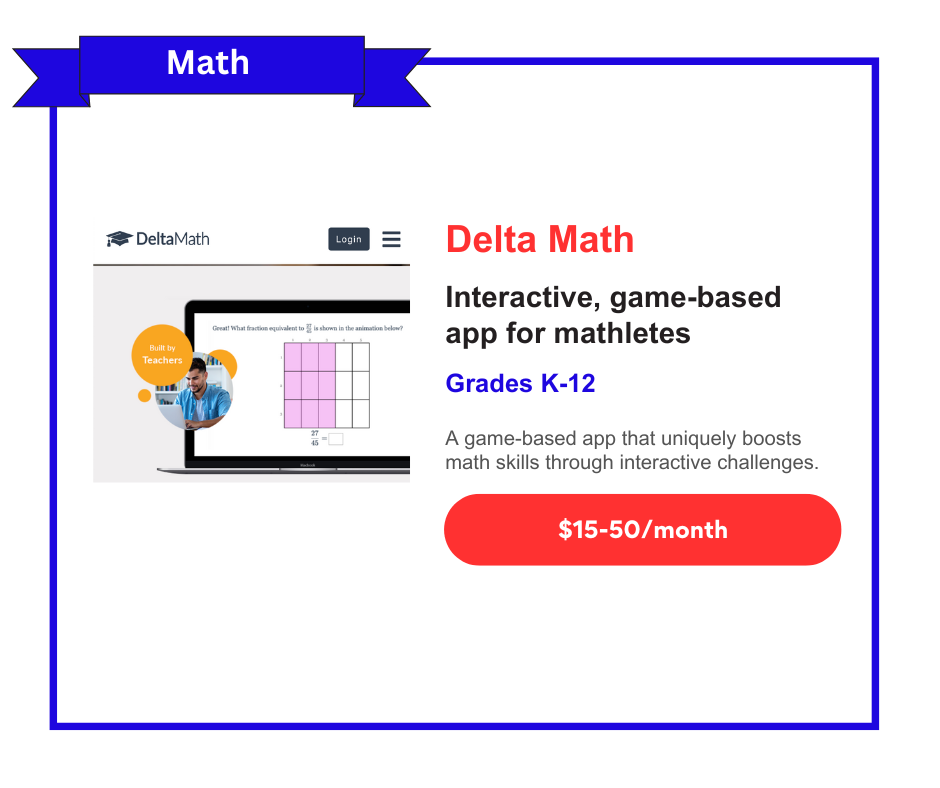

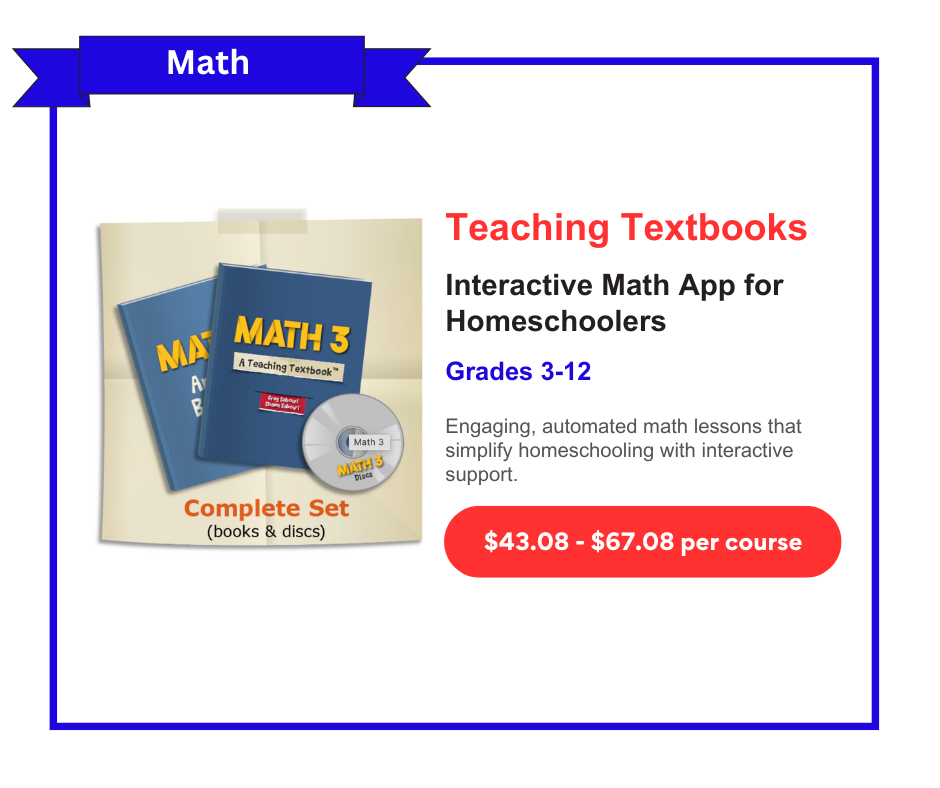
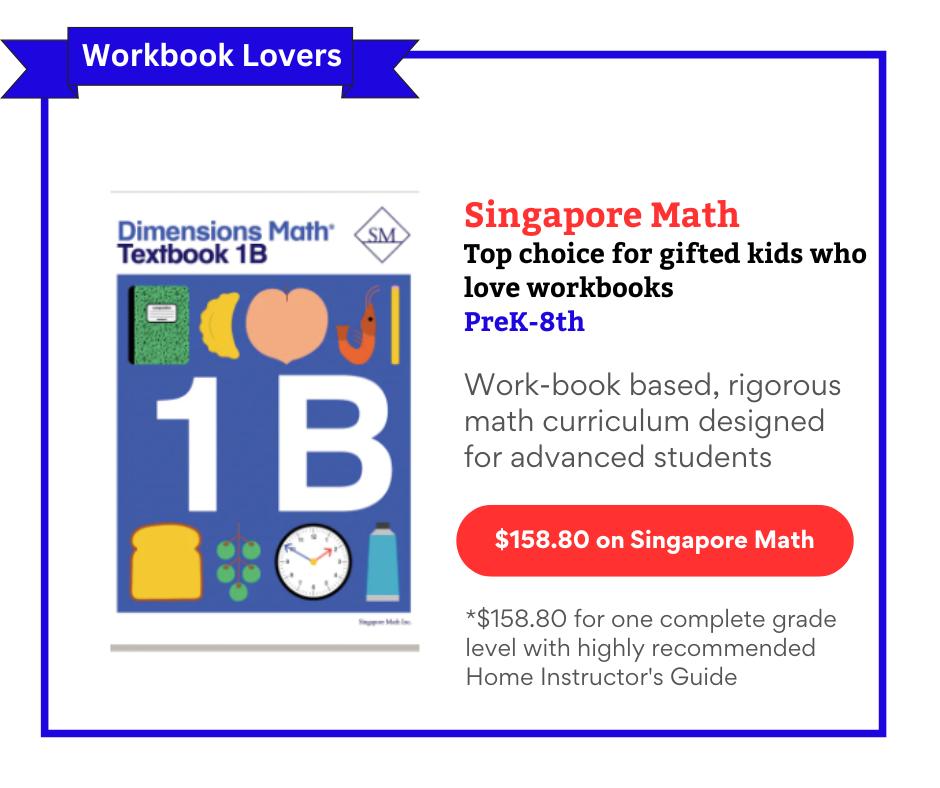
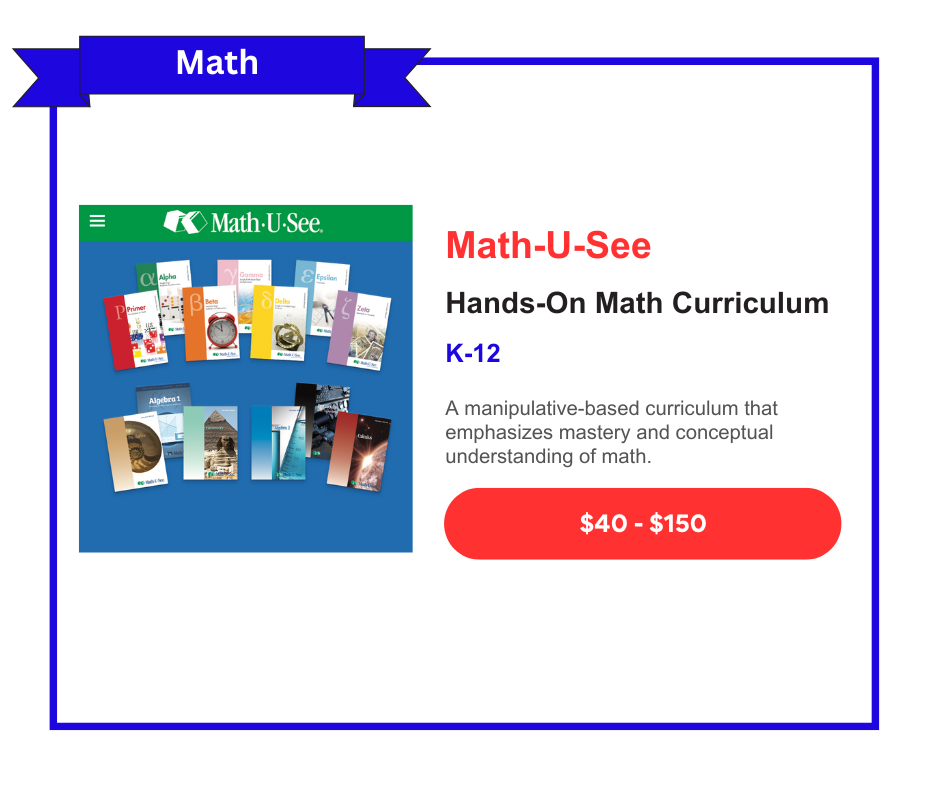

Explore real parents' experiences with Prodigy the Game as a learning tool for their children. Discover the pros, cons, and key tips for utilizing this engaging, game-based math platform effectively. Learn who it's best suited for and how to maximize its educational benefits.